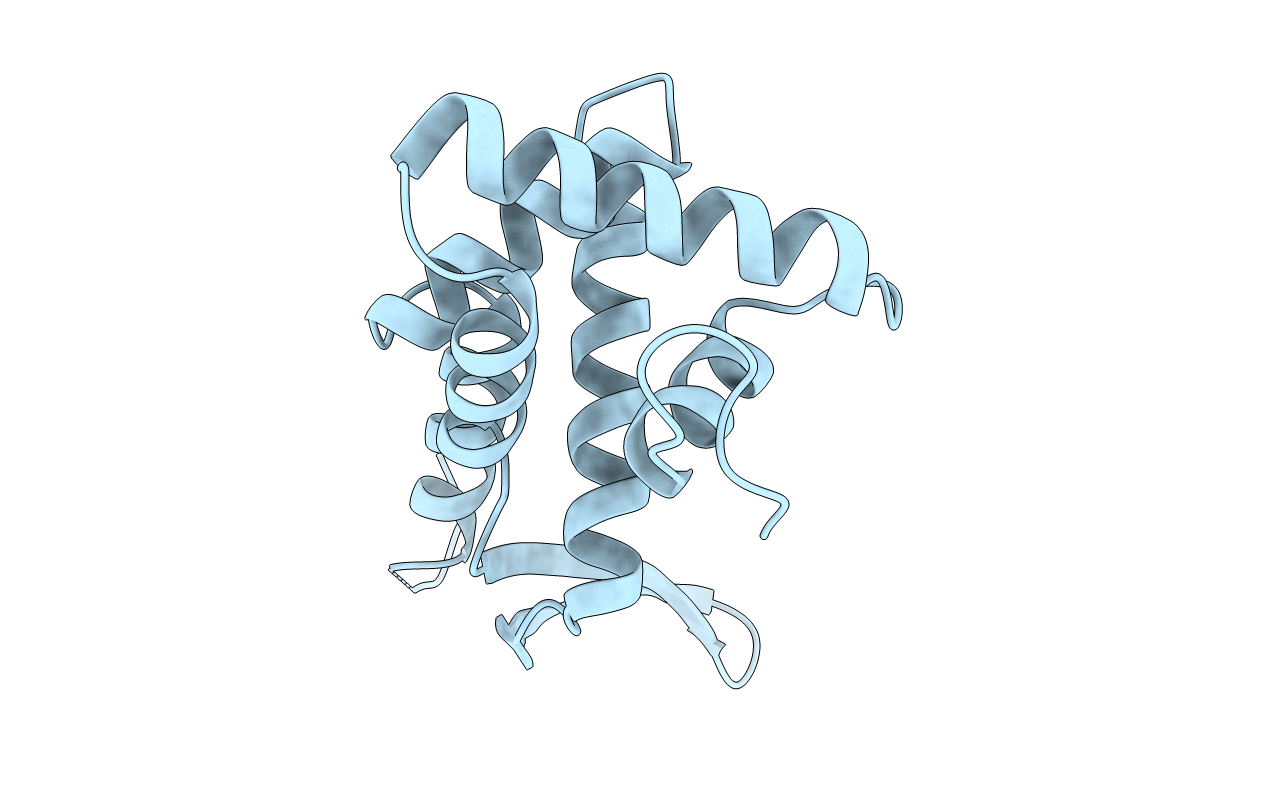
Deposition Date
1997-08-05
Release Date
1998-02-11
Last Version Date
2024-02-14
Entry Detail
Biological Source:
Source Organism:
Thermus thermophilus (Taxon ID: 274)
Host Organism:
Method Details:
Experimental Method:
Resolution:
1.90 Å
R-Value Free:
0.28
R-Value Work:
0.22
R-Value Observed:
0.22
Space Group:
P 43 21 2


